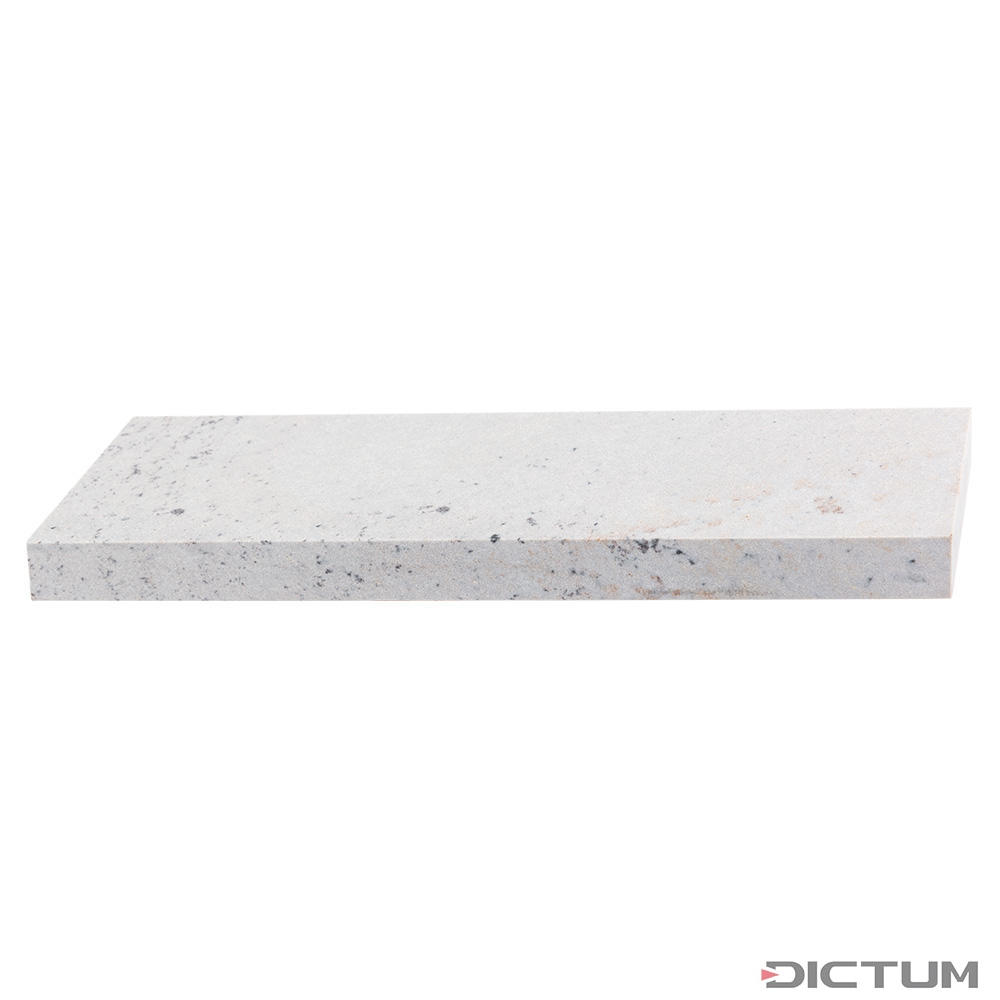Agree, a knife edge needs a little ‘tooth’ to it, especially vegetable knives. A super refined knife edge can skate over a tomato skin while a coti edge, an Aizu, or 3k synth seems to work just fine. If you’re a competition sushi chef trying to slice a piece of fish one cell thick, then I suppose that a razor hone might be a good choice for your yamigiba?
I recall Alex Gilmore’s - @alx gilmore - videos of competition wood plane at kezurokai (sp?) when they planed a mostly transparent ribbon of wood because it was so thin. It would float in air a little. One criterion was that you had to carry it to the judges table, so it couldn’t be so thin that it would disintegrate on touch. I wonder what the finishing stone was. I seem to recall one of the stones in a Pelican case, lol.
Jaysus... I must look up that vid, sounds insane!
Yeah... a lot of my razor finishing type stones I previously only really used for finishing yanagi, and they are indeed very good for that. Though obviously I'm not a mega-posh sushi chef, so it was probably overkill for me anyway, but fun to finish them to their full potential
My yanagi collection is mostly because I like restoring them, polishing them, and making them look pretty. So it's nice to do, and learn about, something that's a bit more actually useful with that kind of stone, especially the smaller ones.
(And if you'll forgive a bit of showing off - this is the last yanagi resto I did, and preserving the geometry when one has been tipped to that extent really isn't easy. I was quite proud of this one tbh: Old Yanagiba Restoration WIP - https://www.kitchenknifeforums.com/threads/old-yanagiba-restoration-wip.55004/ )
